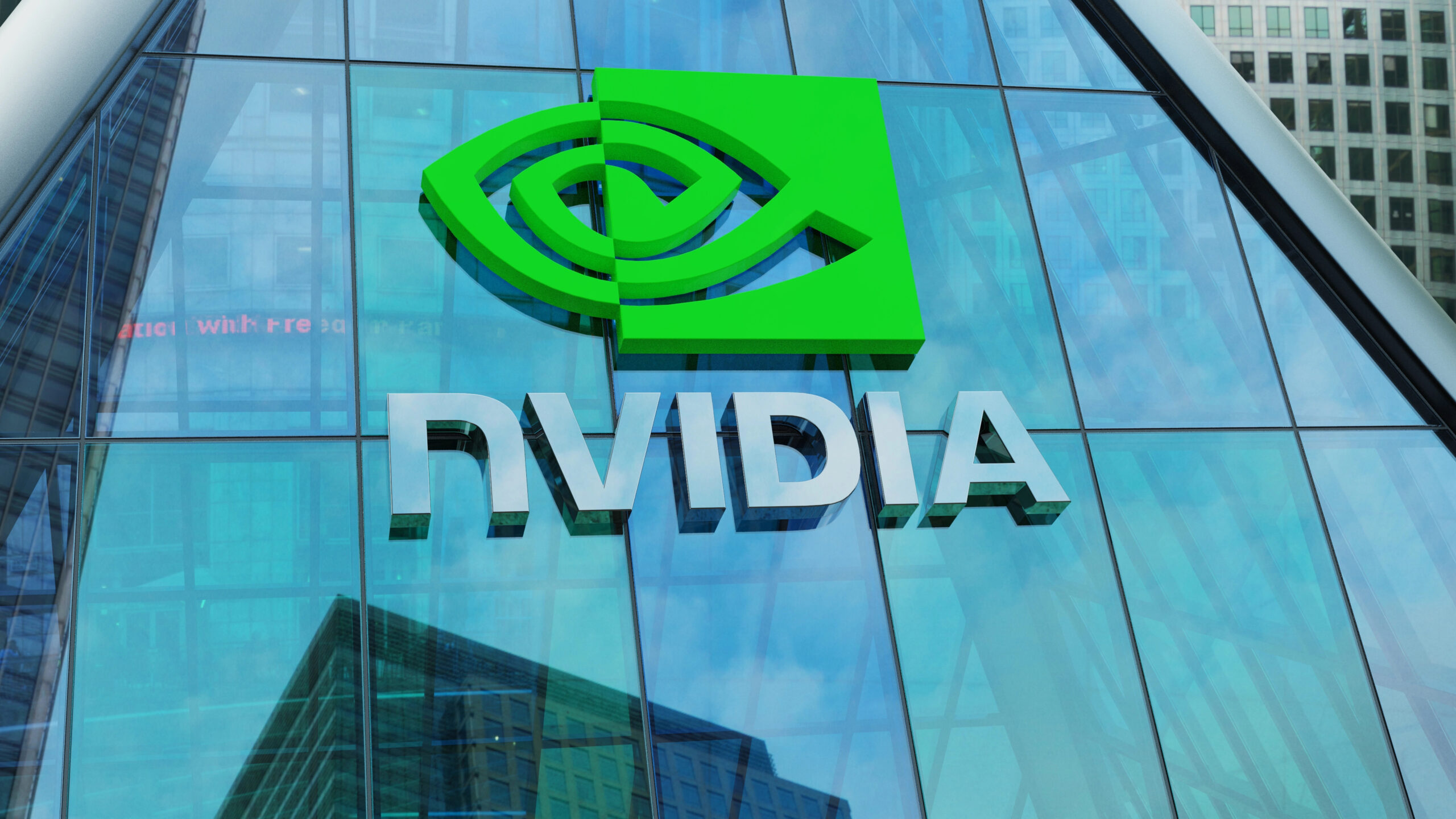As you navigate the ever-evolving landscape of computer hardware, Nvidia’s latest announcement may catch your attention. The tech giant has recently disclosed a manufacturing flaw affecting a small percentage of its high-end RTX 5090 and 5070 Ti graphics cards. This development raises questions about quality control in the GPU industry and highlights the importance of vigilance when purchasing cutting-edge technology. In this article, you’ll learn about the nature of the defect, its impact on performance, and the steps you should take if you suspect your GPU might be affected. Understanding these issues is crucial for making informed decisions about your hardware investments and ensuring optimal performance from your system.
Nvidia’s Latest GPU Woes: A Manufacturing Flaw Uncovered

The Defect Explained in Nvidia’s RTX 5090, 5090D, and 5070 Ti
Nvidia’s recent announcement has sent ripples through the tech community. A manufacturing flaw has been discovered in a small percentage of their high-end RTX 5090, 5090D, and 5070 Ti graphics cards. The issue? These GPUs are shipping with one fewer Render Output Unit (ROP) than specified, resulting in a roughly 4% decrease in graphical performance. While this may seem minor, for enthusiasts and professionals who demand peak performance, it’s a significant concern.
Impact and Scope
Fortunately, the flaw appears limited in scope. Nvidia estimates that less than 0.5% of these GPUs are affected, and they’ve already addressed the production anomaly. It’s worth noting that while graphical performance is impacted, AI and compute workloads remain unaffected. This distinction is crucial for users relying on these cards for machine learning or data processing tasks.
Consumer Response and Resolution
If you’re an owner of one of these high-end cards, don’t panic. Nvidia is taking steps to rectify the situation. Affected consumers are advised to reach out to their graphics card manufacturer to arrange for a replacement. Various brands, including Zotac, MSI, Gigabyte, Manli, and even Nvidia’s own Founders Edition, have reported affected models. To determine if your GPU is impacted, you can use software tools like GPU-Z to verify your card’s ROP count. If discrepancies are found, seeking a replacement is the recommended course of action.
Understanding the RTX 5090 and 5070 Ti GPU Defect
The Nature of the Flaw in RTX 5090 and 5070 Ti GPUs
The manufacturing defect affecting Nvidia’s RTX 5090, 5090D, and 5070 Ti graphics cards is rooted in a missing Render Output Unit (ROP). This crucial component plays a vital role in the final stages of rendering graphics, directly impacting the GPU’s performance. With one fewer ROP than specified, affected cards experience an approximate 4% reduction in graphical output capabilities.
Impact on Performance of Nvidia’s RTX 5090, 5090D, and 5070 Ti
While the 4% performance decrease may seem minimal, it can be significant for users who demand peak performance from these high-end GPUs. Notably, the flaw primarily affects graphical tasks, leaving AI and compute workloads unscathed. This selective impact underscores the complexity of modern GPU architecture and the specific role of ROPs in the rendering pipeline.
Identifying Affected Cards
If you own an RTX 5090, 5090D, or 5070 Ti, it’s crucial to verify whether your card is affected. Utilizing software tools like GPU-Z can help you check your GPU’s ROP count against the manufacturer’s specifications. Should you discover a discrepancy, it’s advisable to initiate the replacement process with your card’s manufacturer promptly to ensure optimal performance.
Identifying the Issue: How to Check Your GPU’s Specifications
Understanding the Importance of Verification
In light of Nvidia’s recent manufacturing flaw, it’s crucial for RTX 5090, 5090D, and 5070 Ti owners to verify their GPU specifications. This step ensures that your graphics card is performing as intended and helps identify if you’re among the affected users. Remember, while the impact on gaming performance is minimal, it’s still your right as a consumer to receive the product as advertised.
Using GPU-Z: A Step-by-Step Guide
To check your GPU’s specifications, follow these steps:
Download and install GPU-Z, a reliable graphics card information utility.
Launch GPU-Z and navigate to the main tab.
Look for the “ROPs” (Render Output Units) field.
Compare the displayed number with the official specifications for your model.
If you notice a discrepancy, particularly one fewer ROP than expected, your GPU may be affected by the manufacturing flaw.
What to Do If Your RTX 5090 and 5070 Ti GPU Is Affected
Should you discover that your graphics card has fewer ROPs than specified, don’t panic. Nvidia and its partners are committed to resolving this issue. Contact your card’s manufacturer or retailer to initiate the replacement process. Be prepared to provide your GPU’s serial number and proof of purchase to expedite the process.
Remember, staying informed and proactive about your hardware’s performance is key to ensuring you get the most out of your investment in cutting-edge technology.
Nvidia’s Response: Replacement Options for Affected Consumers Using RTX 5090 and 5070 Ti GPUs
Acknowledging the Issue
Nvidia has taken swift action to address the manufacturing flaw affecting a small percentage of its RTX 5090, 5090D, and 5070 Ti graphics cards. The company has been transparent about the issue, estimating that less than 0.5% of these GPUs are impacted. This proactive approach demonstrates Nvidia’s commitment to maintaining product quality and customer satisfaction.
RTX 5090 and 5070 Ti GPU Replacement Process
For consumers who have purchased affected GPUs, Nvidia has outlined a straightforward replacement process. Users are advised to first verify their GPU’s ROP count using software tools like GPU-Z. If a discrepancy is found, customers should reach out to their graphics card manufacturer to initiate the replacement procedure. This applies to all affected models, including those from Zotac, MSI, Gigabyte, Manli, and Nvidia’s own Founders Edition.
Customer Support and Future Prevention
Nvidia has assured customers that the production anomaly has been corrected, preventing future units from being affected. The company has also bolstered its customer support channels to handle inquiries and facilitate smooth replacements. By addressing this issue head-on and offering hassle-free replacements, Nvidia aims to restore consumer confidence and mitigate potential concerns about their high-end graphics cards.
Navigating the Challenges: Nvidia’s Ongoing Efforts to Address Concerns
Proactive Problem-Solving
Nvidia’s recent manufacturing flaw in their RTX 5090 and 5070 Ti GPUs has undoubtedly caused concern among consumers. However, the company’s swift acknowledgment and decisive action demonstrate their commitment to quality and customer satisfaction. By offering replacements for affected units, Nvidia is taking responsibility and working to maintain trust in their brand.
Addressing Multiple Fronts
The GPU giant isn’t just tackling the ROP issue. They’re simultaneously working to resolve other challenges that have plagued their latest high-end cards. From ironing out launch driver bugs to investigating reports of melting power connectors, Nvidia is leaving no stone unturned in their quest for product excellence.
Transparency and Communication
Perhaps most importantly, Nvidia has been transparent about these issues. By openly discussing the manufacturing flaw and providing clear instructions for consumers to verify their GPU’s status, the company is fostering an environment of trust and open communication. This approach not only helps affected users but also reassures the broader consumer base about Nvidia’s commitment to quality.
Looking Forward
As Nvidia continues to navigate these challenges, their proactive stance and customer-centric approach will likely play a crucial role in maintaining their market position. By learning from these experiences and implementing stricter quality control measures, Nvidia is poised to emerge stronger and more resilient in the competitive GPU landscape.
Key Highlights
As you navigate this unexpected development in the GPU market, it’s crucial to remain vigilant about your hardware’s performance. While Nvidia’s swift acknowledgment and corrective measures are commendable, the onus is on you, the consumer, to verify your GPU’s specifications. Should you discover any discrepancies, don’t hesitate to pursue a replacement. This incident serves as a reminder of the complexities inherent in cutting-edge technology manufacturing. As Nvidia works to maintain its market leadership, your diligence in monitoring and reporting issues will contribute to the ongoing improvement of these powerful computing tools. Stay informed, stay proactive, and continue to demand excellence from your high-performance hardware investments.
More Stories
OpenAI Cracks Down on State Sponsored Abuse of ChatGPT
OpenAI has taken a decisive step to thwart state-sponsored exploitation of its ChatGPT technology. As detailed in a comprehensive threat intelligence report, OpenAI has disabled numerous accounts implicated in cyber operations orchestrated by state actors from countries including Russia, China, and North Korea.
Record‑Breaking Rupiah Loan Powers AI‑Ready Batam Data Hub
They secured a historic record-breaking Rupiah 6.7 trillion loan from financial giants DBS and UOB. This monumental financing supports an AI-ready data center campus at Batam’s Nongsa Digital Park.
Threads Unveils Native DM Test to Break Instagram Dependency
By unveiling a native DM (direct messaging) feature, Threads aims to sever its dependency on Instagram for private communications, a shift poised to redefine how users interact within the platform.
Google Closes Loophole That Let Hackers Bruteforce Your Hidden Phone Number
Recently, Google took decisive action to close a significant vulnerability that could potentially expose users’ hidden phone numbers to malicious actors.
Instagram Edits Brings In-App Teleprompter to Boost Creator Confidence
Introducing the in-app teleprompter within Instagram Edits, a tool designed to bolster your on-camera confidence and enhance viewer engagement.
Minimal-Data Optimization for Search Agent Training in RAG Systems
In the fast-changing world of RAG systems, training search agents with minimal-data optimization is a key challenge.


